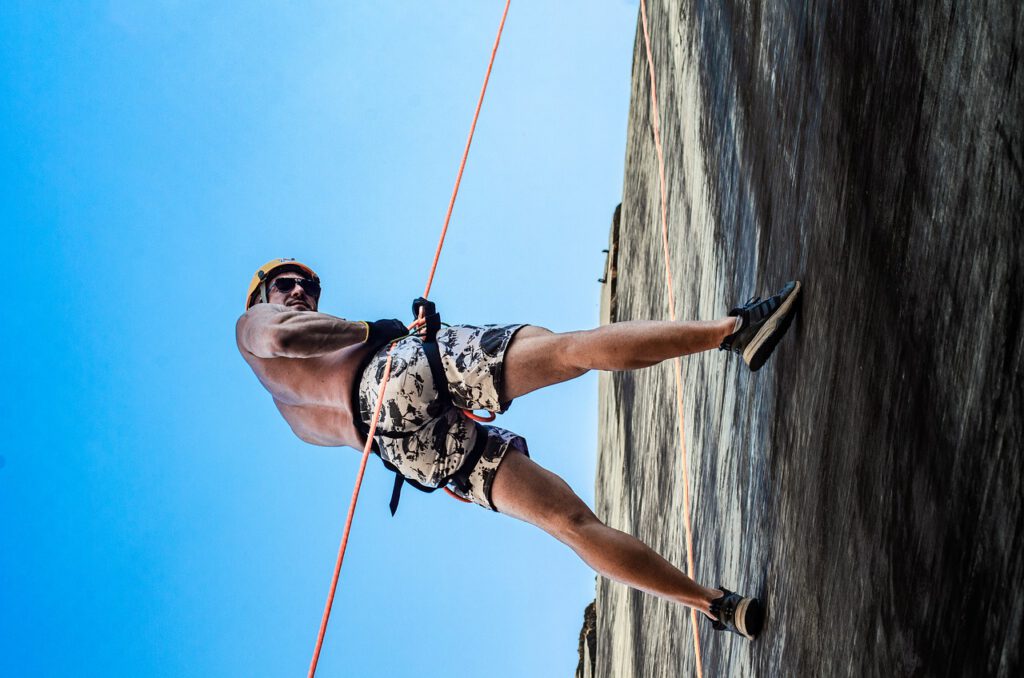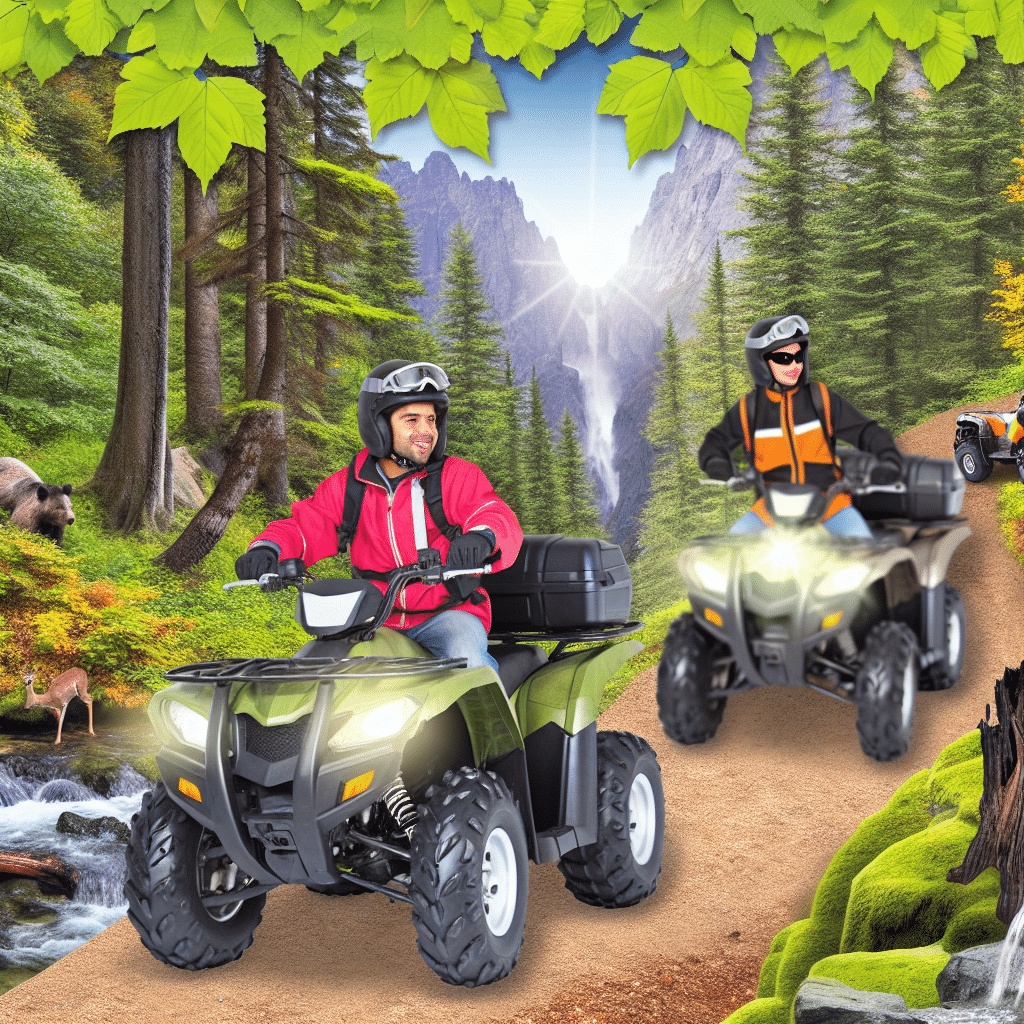Abseiling is a type of climbing down the side of an object, using a rope and harness to control descent. It is often used as an alternative to, or in addition to, climbing back down after reaching the top of a route. It can be done both with a partner and solo. In a rope team, one abseils as the other belays from the top. When climbers are doing a route with a hanging glacier or icefall, they have to go down facing into the fall line of ice or snow.

Abseiling is often used as an easy way for mountain climbers to get back down after completing a climb.
The technique is useful in situations where a rappel is not possible. The speed of descent is controlled by the use of a belay rope and, in some cases, the friction created when the rope runs through an abseil device attached to the climber’s harness.
Abseiling frequently employs equipment such as:
* belay device – a piece of equipment used to control the speed at which a rope runs through the user’s harness and is usually attached to an anchor point above.
* harness – gear loops allow climbers to rack their equipment on their harness, making it easier to carry. Harnesses also have sewn-in loops called gear loops designed to organize and attach equipment.
* descender – a device that limits the speed of descent.
* friction hitch – this is used for short distance moves on small or horizontal terrain where little friction is required, such as moving across an arête . It can also be used with a pulley to create mechanical advantage to tighten down on strongly held objects.
* carabiner – used for connecting the rope to an abseil device or descending devices.
* locking carabiner – Used when more than one person is ascending on a single climbing rope, since they can be difficult to clip and unclip while under stress.
Table of Contents
What are the defenition differences between Abseiling and rock climbing?
Climbing up and down rocks is called rock climbing. Climbing up and down mountains or hills is called mountain climbing. Ascending on an ice wall that reaches into the air is also considered to be mountaineering.
The term ‘mountaineering’ is also sometimes used to refer to sports such as hill walking, hiking or skiing, which involve traversing rough terrain.
Is there a difference between abseiling and rappelling?
With a rappel, both hands are used to control the descent of a climber down a rock face, mountain or other steep incline. An abseil is the controlled descent along a rope from either a moving rope team , or from an immobile rope, as in the case of using ropes to access equipment for cleaning routes or setting up a fixed line for a belay.
In the case of rock climbing, abseiling is typically used as an alternative to rappel when there are obstacles blocking the path down that don’t allow the climbers to set up a rappel anchor. In this situation, they will attach themselves to a rope and control their descent by a combination of a belay from above and pulling on the rope from below.
In ice climbing, the term abseil refers to descending using single or double ropes through a series of ice screw anchors , often used by mountaineers for fast descents in emergencies. In other cases, climbers will down climb facing outwards while holding the ice tools.
What type of sport is abseiling?
Abseiling is a form of mountaineering. Listed are some types of mountaineering:
Alpinism or Alpine mountaineering
Climbing mountains in the European Alps, North America, South America and elsewhere. While not climbing, mountaineers may spend time camping out on ledges with their gear, waiting out bad weather, and resting until they can resume climbing. The goal of mountaineering is to reach the highest point possible by whatever means necessary. Sport climbing – Mountaineers may employ equipment such as ropes and harnesses for safety and aid during the ascent; however, sport climbs are still climbed “indoors” without a rope. Big wall climbing – A sub-variety of alpinism that is the most popular form of climbing in the United States. Climbing thousands of feet up steep rock faces, often attached to pre-placed anchors with static line or other means. It usually requires multiple days to accomplish one’s goal due to distance involved and typically involves bivouacs and complex logistics.
High mountain climbing
Climbing in high-altitude or high latitude mountains such as the Himalayas and the Karakoram, Alps and Andes; includes altitudes above 8000 metres (26,000 feet). Ice climbing – Ascending ice covered slopes to summit a mountain. Often requires use of ice axes, crampons and ropes.
Expedition climbing
Climbing mountains whose summits are not usually attained or that cannot be climbed in a day or two, typically because of distance, weather conditions and logistics. Expeditionary mountaineering is more than just a sport; it is an undertaking involving determination and perseverance on some of the most unforgiving of landscapes.
Snow and ice climbing
Climbing up ice or snow-covered slopes while using crampons and other specialised equipment, such as ski poles and a sled. Often this type of mountaineering is done on large glaciers, but also includes ascents of smaller alpine glaciated areas that have been exposed to glaciation.
Alpine climbing
Climbing of mountains, often leading to highly technical routes up the most challenging faces. Mountain guiding – A rigorous testing process for becoming a professional guide is required by most countries; in the USA this includes taking an exam that requires one to demonstrate proficiency on rock, snow and ice while negotiating scrambling, easy and exposed climbing routes.



